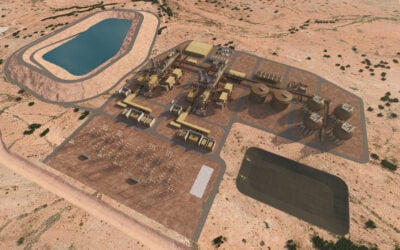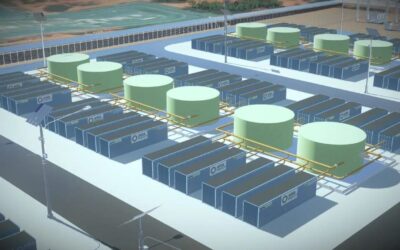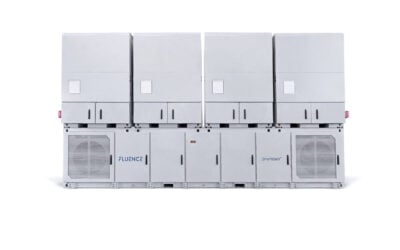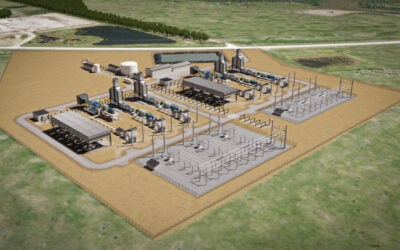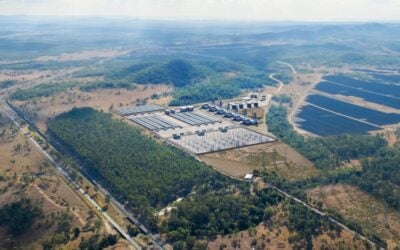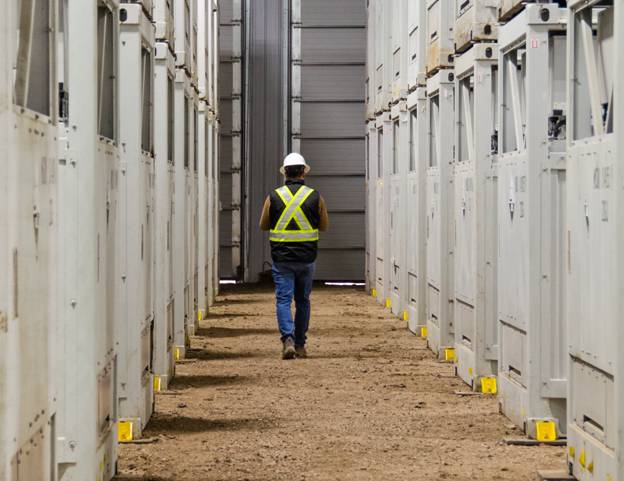
Global decarbonisation targets are impossible without increasing the pace of long-duration energy storage (LDES) adoption 50 times over by 2040, according to the LDES Council.
In a new report, the trade association suggested that 1TW of long-duration storage will need to be deployed on the world’s grids by 2030 and 8TW by 2040 to align with multilateral and national energy transition goals.
While COP29 United Nations (UN) climate talks are taking place in Baku, Azerbaijan, the trade association published its 2024 annual report, highlighting the progress made and opportunities ahead, as well as challenges and barriers to deployment for technologies that store energy for discharging over multiple hours or days.
The LDES Council, itself launched three years ago at COP26 by technology providers, end-users and other stakeholders to accelerate LDES, echoed the recent thoughts of the International Energy Agency (IEA), International Renewable Energy Agency (IRENA) and the UN itself in arguing that energy systems are not decarbonising rapidly enough.
Try Premium for just $1
- Full premium access for the first month at only $1
- Converts to an annual rate after 30 days unless cancelled
- Cancel anytime during the trial period
Premium Benefits
- Expert industry analysis and interviews
- Digital access to PV Tech Power journal
- Exclusive event discounts
Or get the full Premium subscription right away
Or continue reading this article for free
At Azerbaijan’s capital, world leaders are being urged to sign a pledge to commit to a 1.5TW by 2030 energy storage target, which IRENA said will enable the tripling of world renewable energy capacity to more than 11TW—as committed to at last year’s COP28. The LDES council said it also supports this storage goal.
For many, energy storage is synonymous with lithium-ion (Li-ion) batteries—which represent the biggest share of new additions today—or pumped hydro—representing most of the world’s installed cumulative capacity.
However, the technology companies in the council’s membership comprise a broad range of electrochemical, thermal and mechanical technologies, each aiming to provide energy storage capacity at discharge durations exceeding eight hours and extending to multiple days, weeks or seasons in some cases.
The LDES Council said there is a 0.22TW deployment pipeline of such technologies worldwide. Getting to the 8TW the trade group projects is needed by the end of the next decade represents a fifty-fold increase in pace and playing a role in integrating variable renewable energy (VRE) through the storage of excess energy and heat.
As LDES Council chief executive officer Julia Souder suggested in a 2023 article for our quarterly journal PV Tech Power (Vol.35), this represents a major opportunity as well as a challenge.
In its new report, the council said as much as US$540 billion in annual energy system costs could be saved globally through an estimated US$4 trillion investment in 8TW of long-duration storage by 2040.
The benefits extend far beyond the integration of high VRE shares on the grid. They help reduce generation curtailment, defer expensive investments in transmission and distribution (T&D) infrastructure, increase hosting capacity, and enhance network resilience.
In addition to the electric power sector, LDES also has a role to play in decarbonising industry, transport and buildings, the trade association said.
It set out seven enablers for scaling LDES in the annual report:
- Raising awareness of LDES technologies
- Conducting assessments of the need for LDES
- Setting of LDES deployment targets
- The allocation of funding for pre-commercial technologies
- Providing market access for LDES as well as visibility into revenue opportunities
- Implementation of efficient grid pricing
- Enabling easier grid connection procedures for LDES technologies
Access the LDES Council’s Annual Report here.

